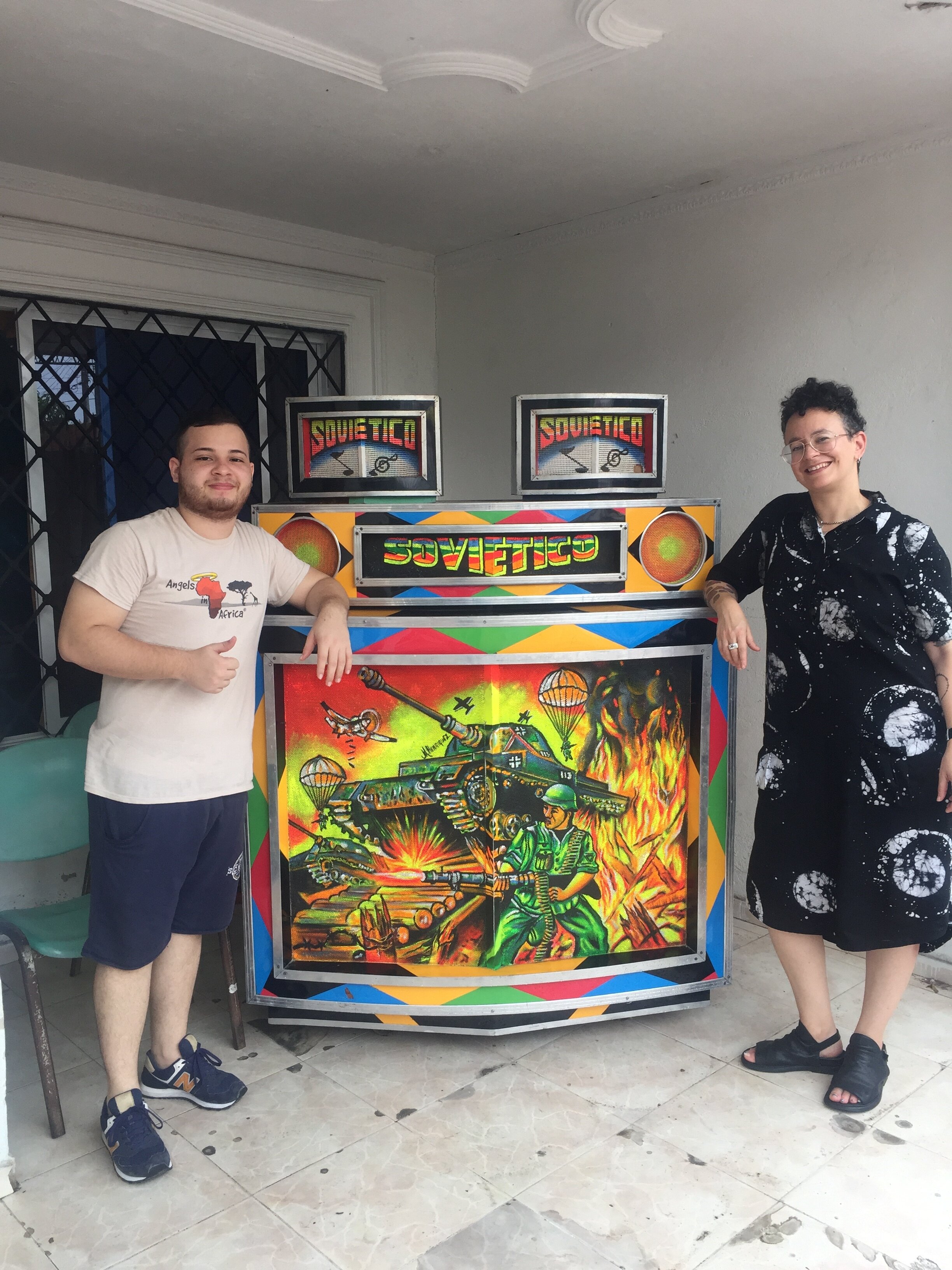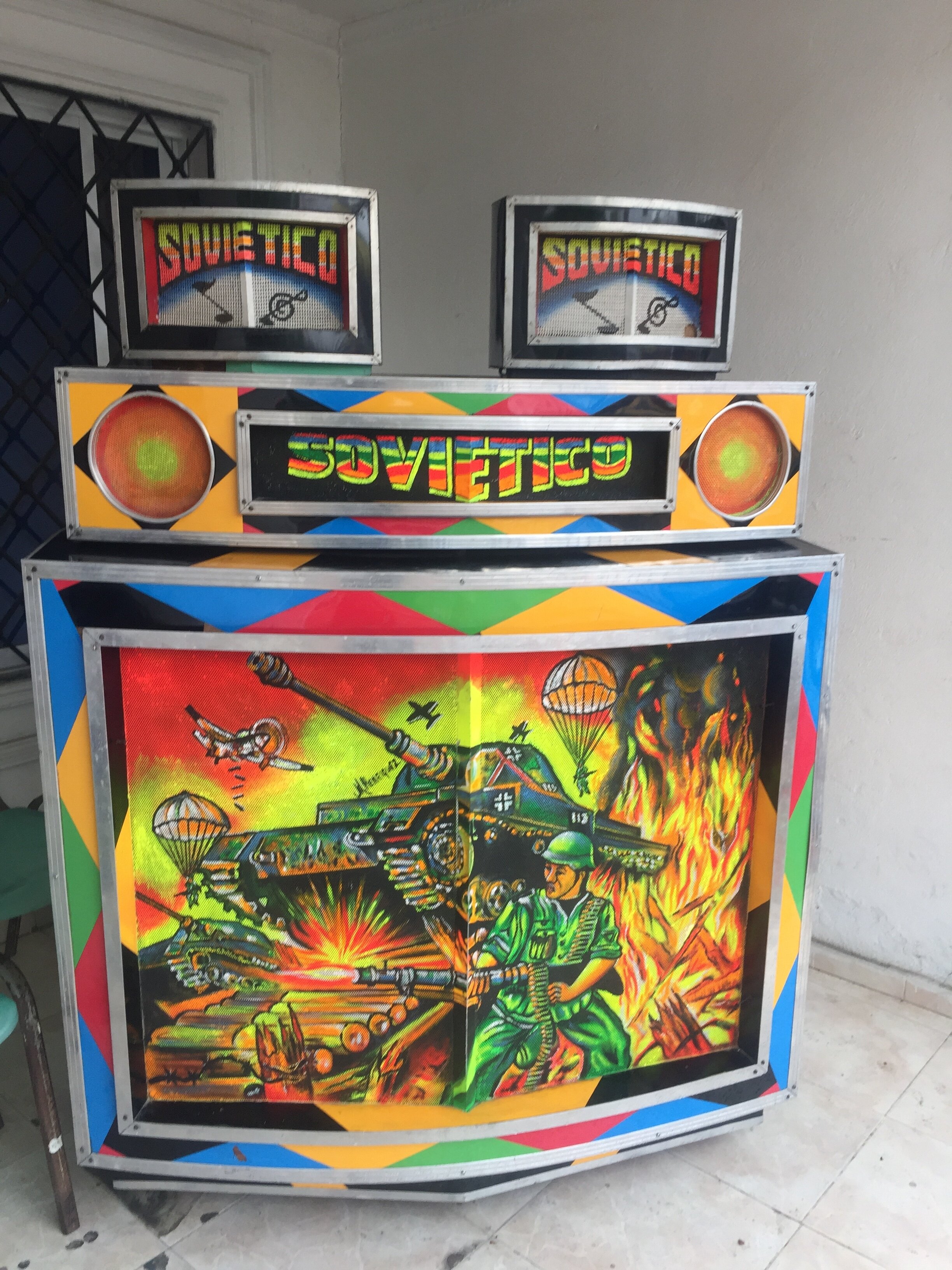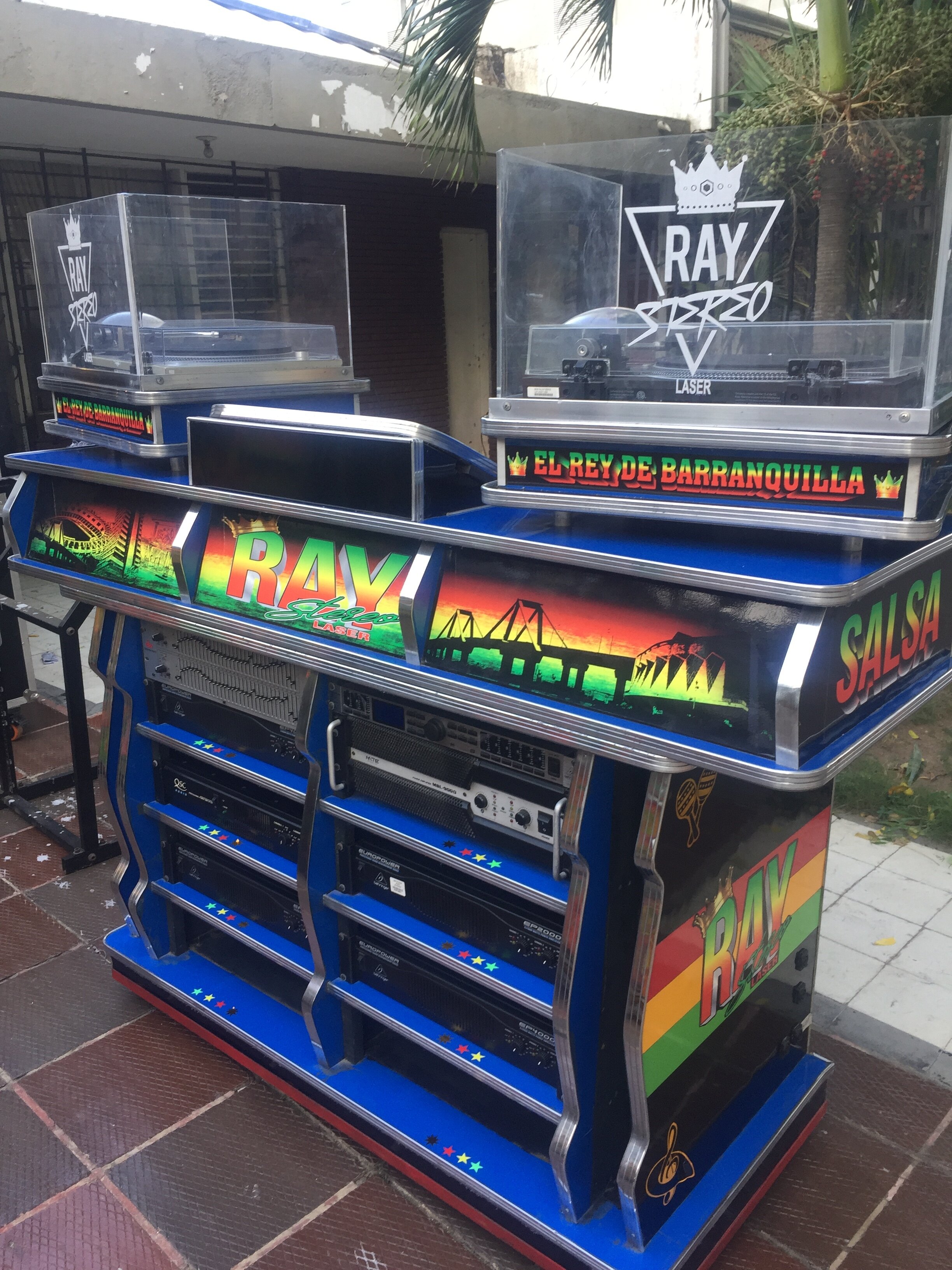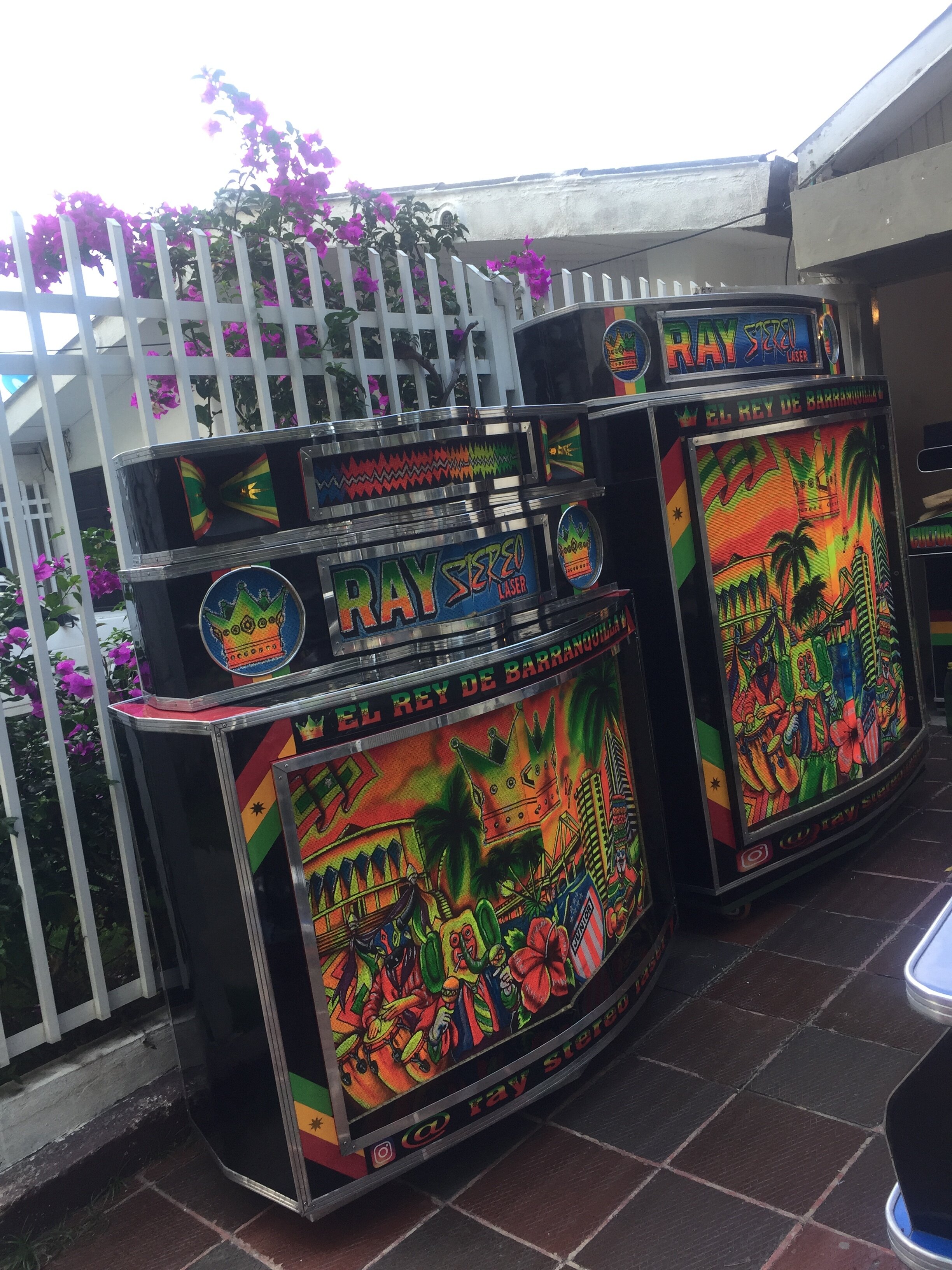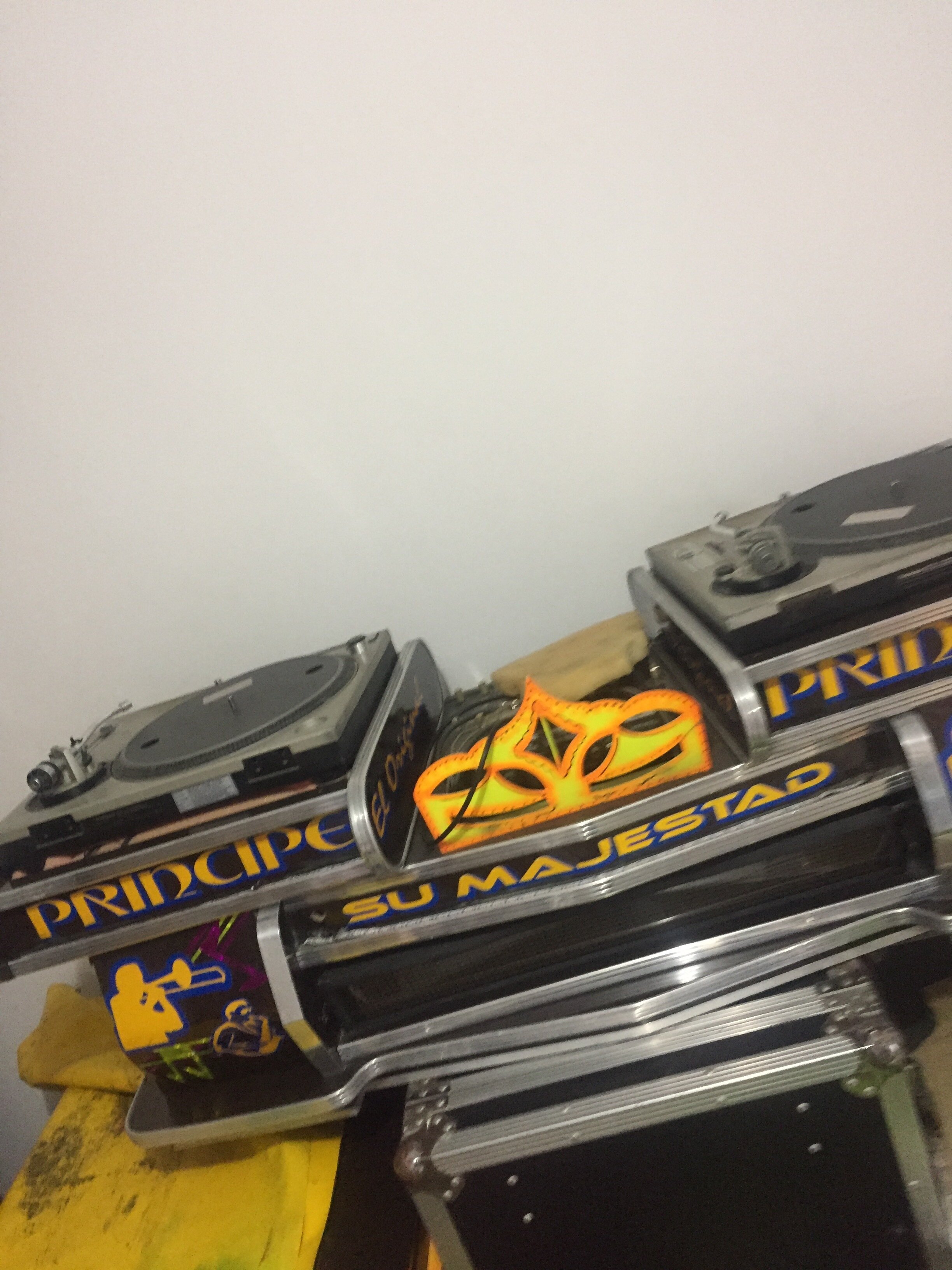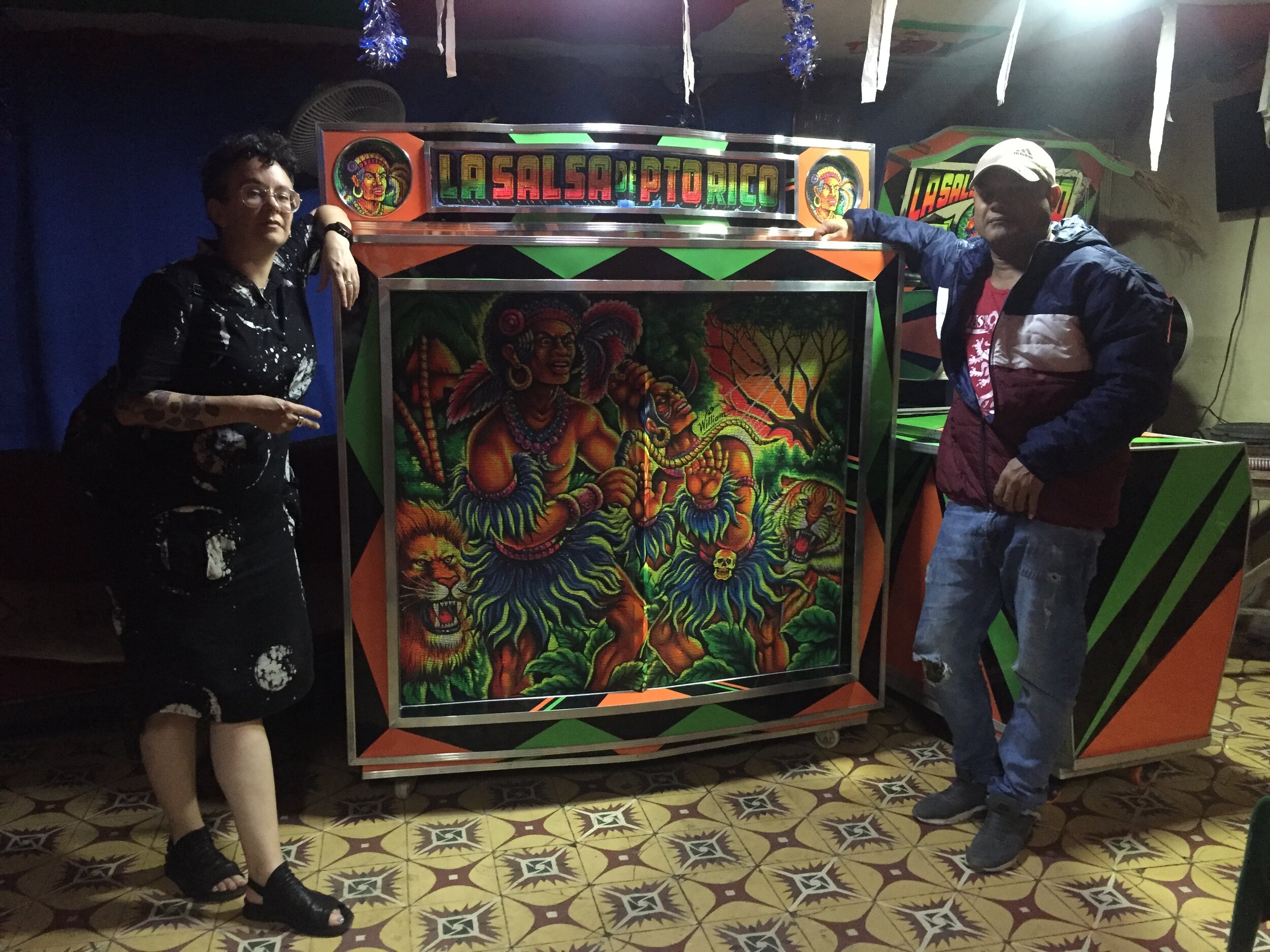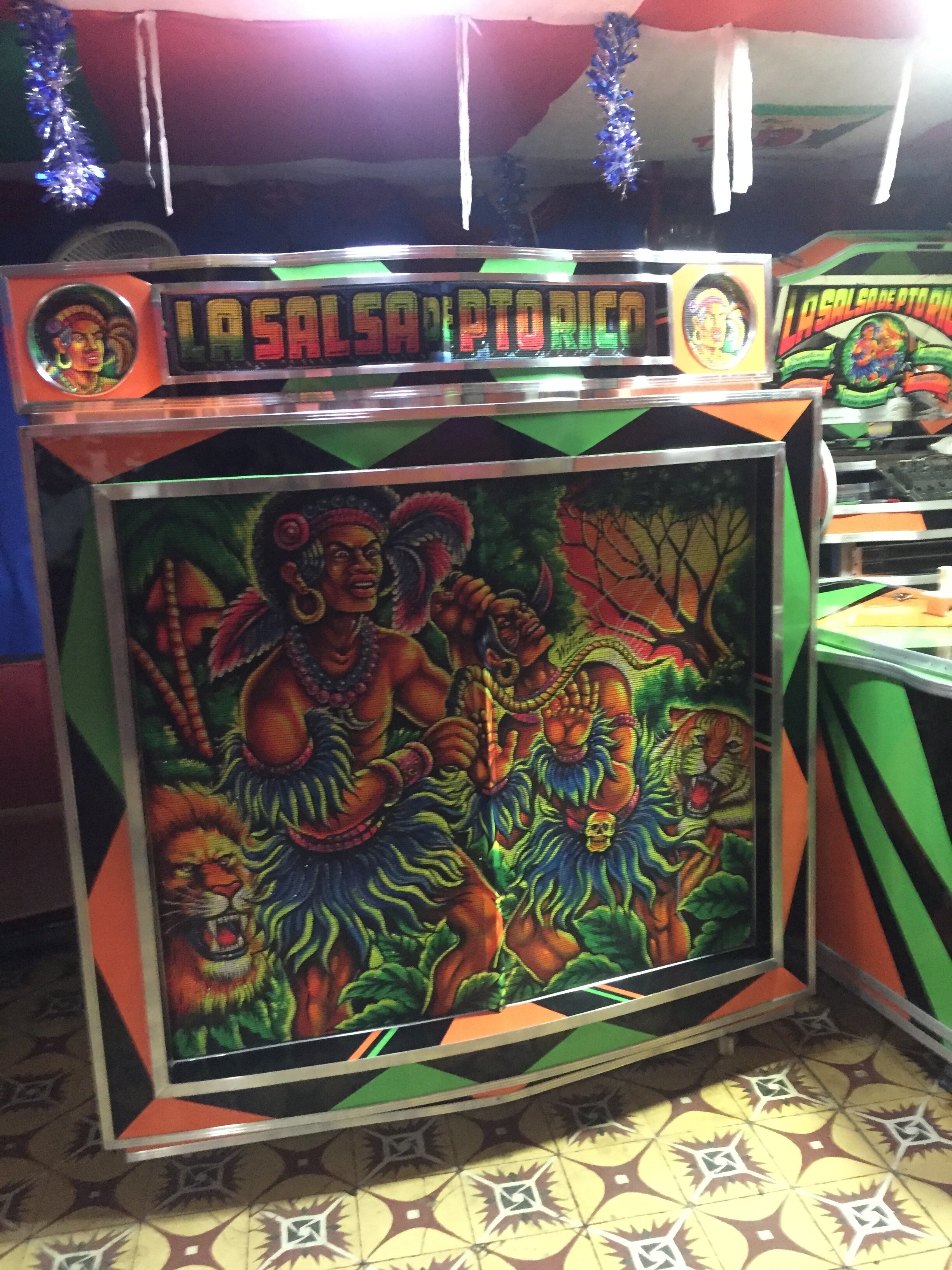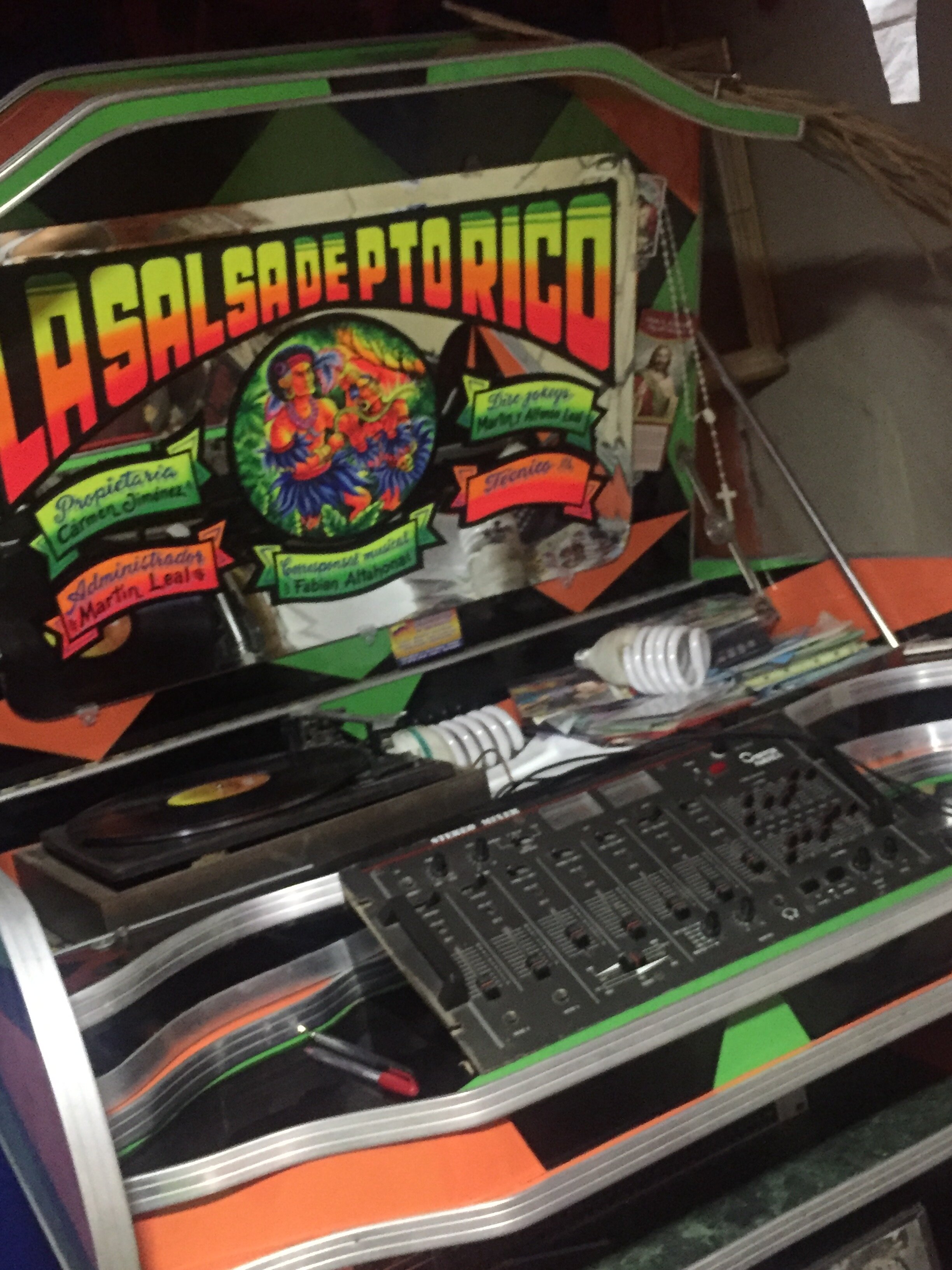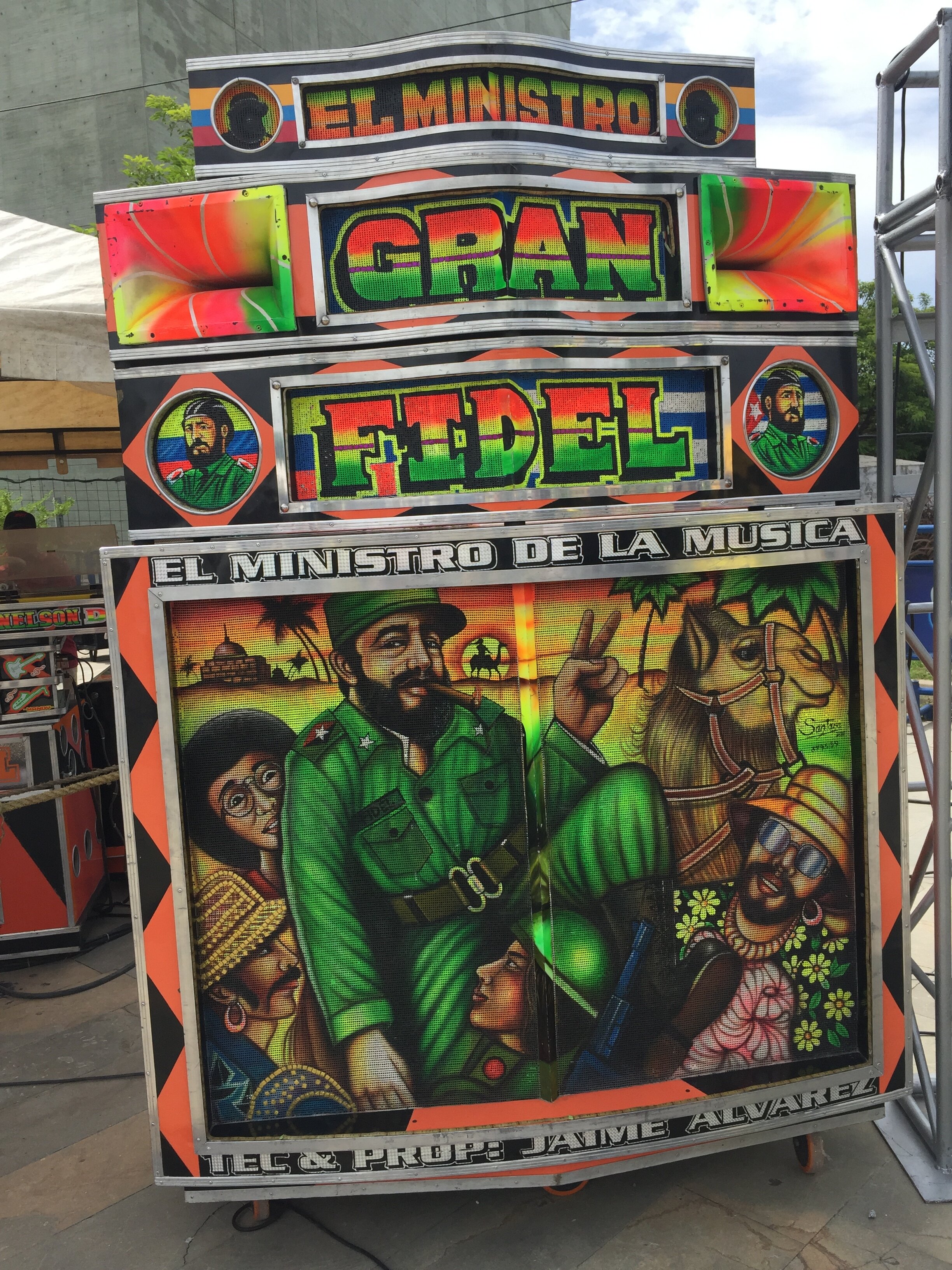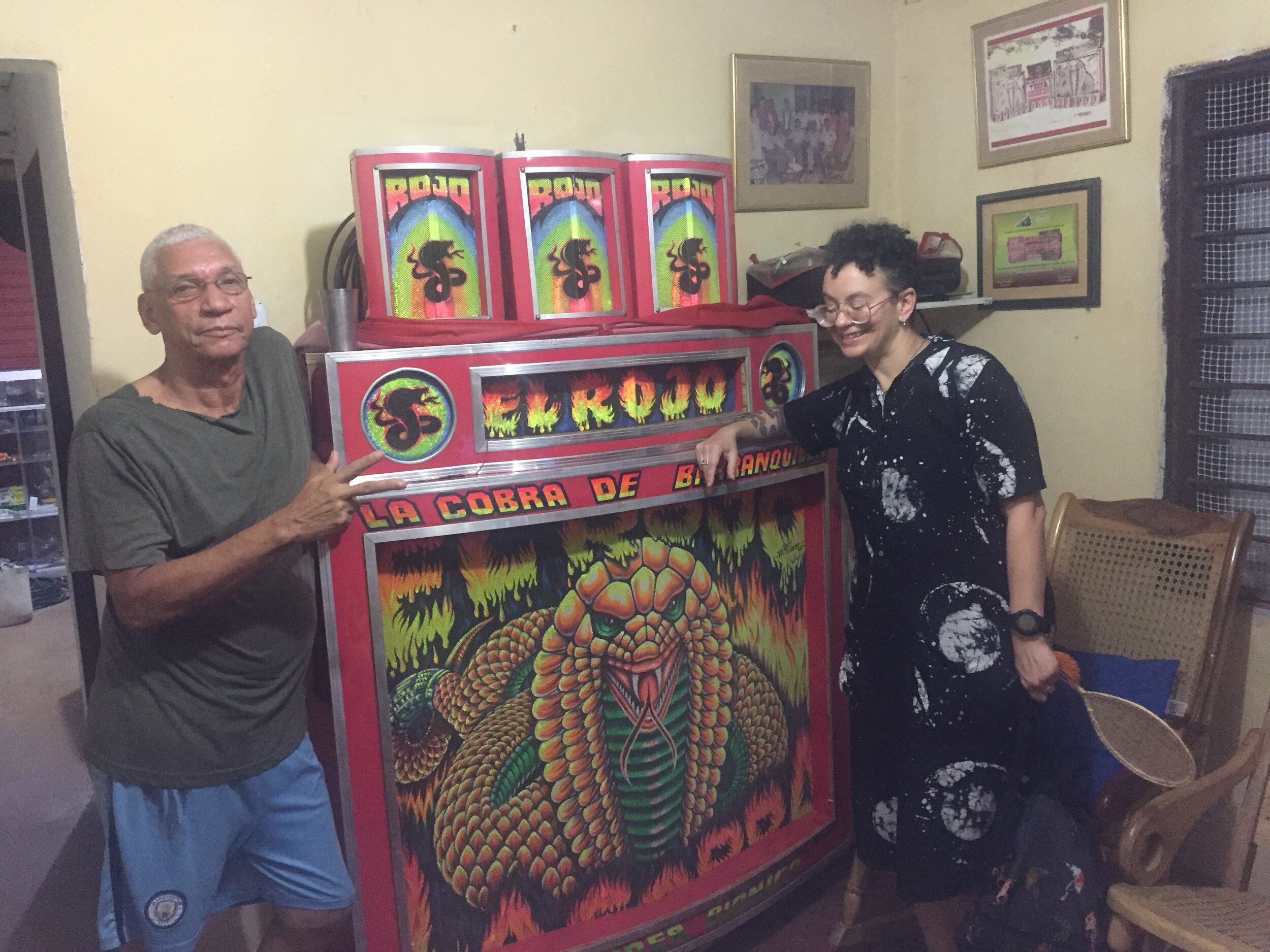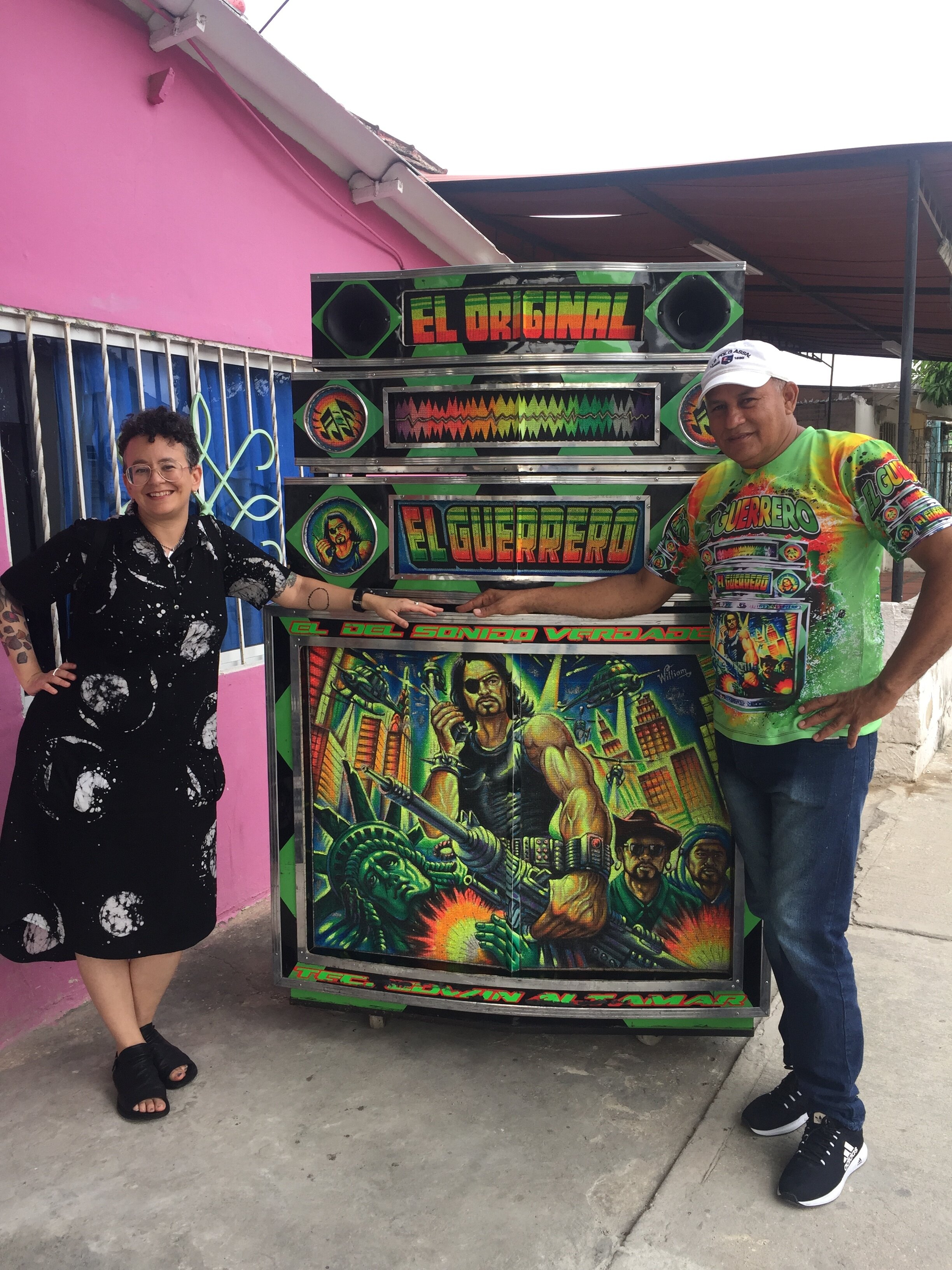I have been living in Barranquilla, Colombia for three months, researching picós- mobile sound systems that are popular especially among poor & working class Colombians on the Caribbean coast.
They are most common in Cartagena, Barranquilla and Santa Marta (the three biggest cities along the coast) although they can be found in smaller towns as well. It is a tradition that dates back to the 60s (here’s a slightly sensationalistic overview in english). The picoteros (mainly men, but not entirely men) play a range of music, including salsa, vallenato, merengue, pop music from various eras (especially when someone hires a picó for a quincañera) and most notably champeta, a genre of music that consists of a variety of music from Africa (many countries including Congo, Zambia, South Africa, Nigeria, Zimbabwe, Angola and more) and the African diaspora (including Haiti, Brazil and Jamaica) - sometime this is called Champeta Africana in contrast with a genre sometimes called Champeta Criolla which is music made especially (but not exclusively) by Afrocolombians in Colombia that is imitative of or inspired by the popular tunes from Africa. It has been written about in many blogs and magazines and there are many amazing photographs as well.
While picós are discussed as an especially Afrocolombian tradition, the range of music played, and the large numbers of primarily mestizo working-class and poor Barranquilleros who attend and own picós highlight the complexities of racial identity, racial allegiance and racial performance in this cultural practice. Even in the few photos below, you can see some interesting (and interestingly racialized) imagery alongside a great deal of incorporation and engagement with popular culture both local and international.
In addition, picós and the music Champeta (about which more below) have been historically stigmatized, and a few years back a new police code restricted (according to everyone I talked to) a good deal of public social life here on the Caribbean coast (where it has been a tradition), including new noise and other restrictions that shut down many of the informal, open-air neighborhood events that nourished la cultural picotera. Picos are much more often now found indoors at billiards clubs, bars, or other estaderos, as well as outdoor festivals (mainly not for free).
Above is just a quick photo-record of some of the main picos whose proprietors (or DJs in some cases) I had a chance to meet. I saw many more playing music live at events but I mainly preferred not to photograph there. The artistic style of speaker decoration is also notable, and a great deal of it is done by one man, Sr. William Gutierrez who is a great visual genius and art teacher in Barranquilla. My thanks to the many people who assisted me and shared their knowledge, including especially Fabian Altahona , Diana Casalins, Sr. Sidney Reyes, Belen P Herrero, and Johnatan Cantillo (who has, among other things, written a great deal for Colombian news sites on picós).
